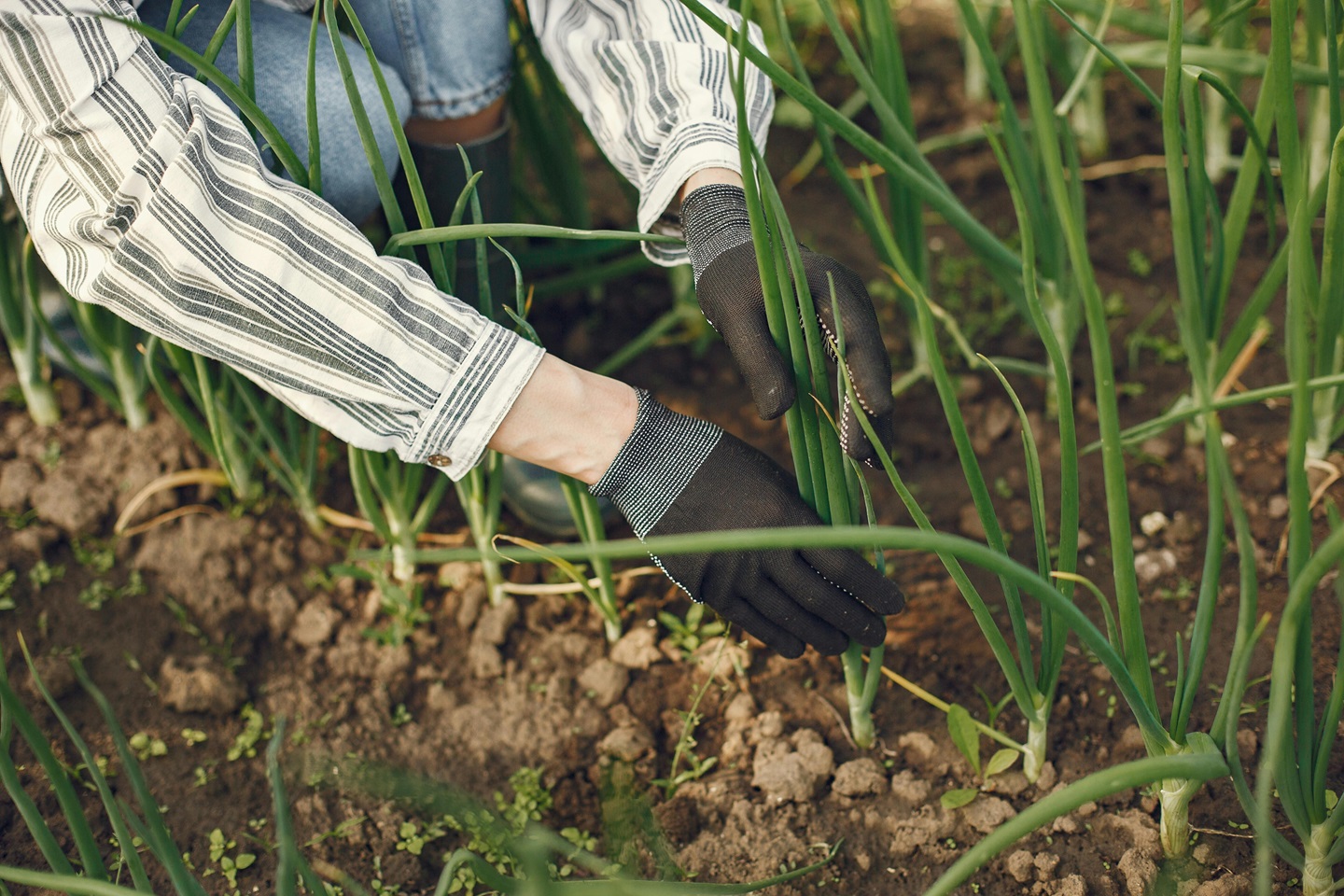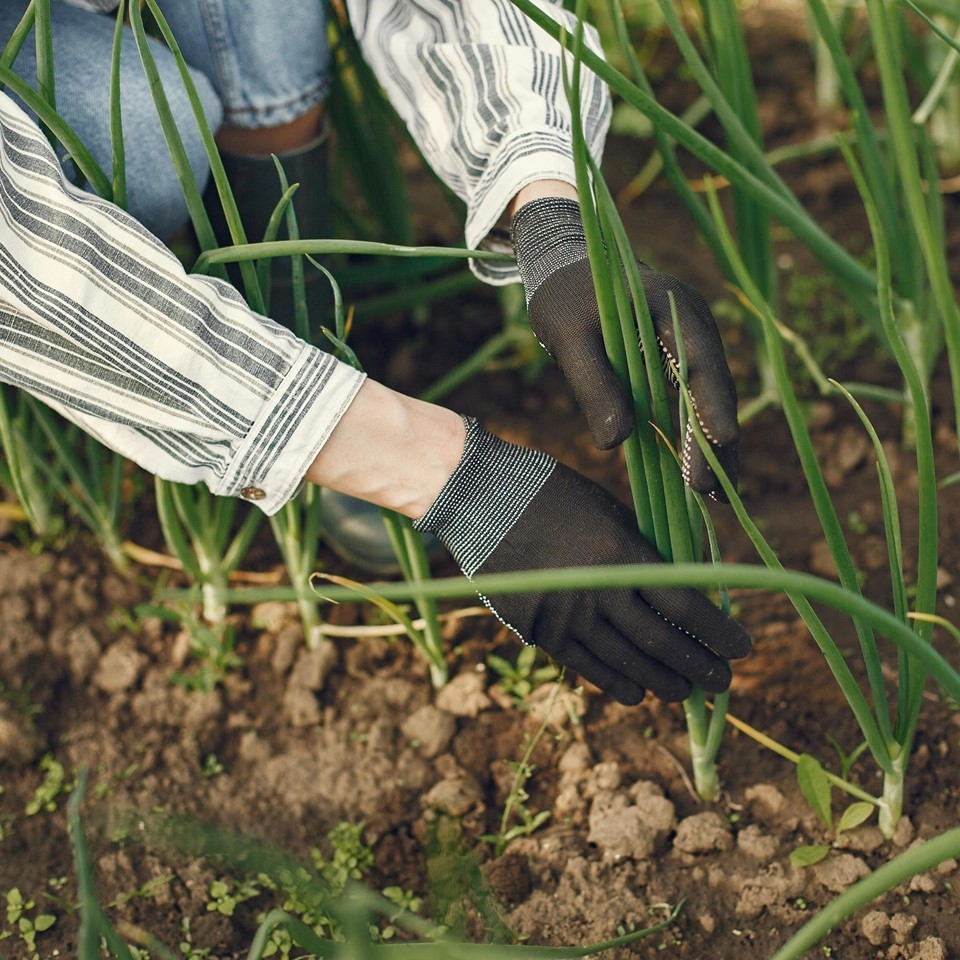

Climate change is a growing threat to society, and its compounding events are having increasing impacts on various sectors of countries around the world. With the agricultural sector being one of the most impacted sectors by these changes, one cannot but try from time to time to bring to the awareness of global actors and the world, in general, the threats it poses to the agricultural sector.
This article explores the complex effects of climate change on agriculture, including how it affects crop yields, length of growing seasons, and how it poses serious risks to the world's food security, farmers’ income and welfare.
With climate change on the horizon, the future of agriculture is uncertain. It is anticipated that there will be a reduction in agricultural yield across all levels. Despite this submission being overly dependent on the type of crops, assumptions surrounding fertilisers, plant adaptability and other resources within respective regions, climate change is considered majorly an impediment to the quality and quantifiable yield of agricultural produce.
With increased temperature and heat waves being owned mainly by changes in climate, agricultural produce through lesser photosynthesis and slow crop germination continues to experience low yields. This is evident with the world corps production experiencing a decline in grain and oilseed production, as the production of the above-mentioned crop dropped from 1,501.8 to 1,447.4 and 2,794.9 to 2,750.1 million metric tons, respectively, in the years 2021/2022 and 2022/2023, reporting year.
Climate change’s impact on global water resources has been studied under different global warning circumstances, and it is suggested that some regions around the world are predicted to experience a shortage of water resources. While this impact is being considered as one of the key areas to evaluate when climate adaptation and resilience strategies are being discussed, developed and implemented, global agriculture water requirement continues to be at the forefront of the conversation as water scarcity brought about by shortage in rainfall or water erosion brought about by consistent rainfall can impact irrigation and lower the amount of water needed for crop germination.
As a result, rainfed agricultural regions are particularly vulnerable, with higher chances of crop failures and food insecurity. On the other hand, there is a risk of soil erosion, soggy fields, and crop destruction from excessive rainfall and flooding.
With climate change posing real trouble to humans and natural systems, societal and environmental collapse are experienced due to severe drought across different regions worldwide. The continuous rise in temperature and climate-related extremes, like strong rainfall, floods, storms, cyclones, and wildfires, pose a real threat to agriculture production as its disruptions have been considered relatively alarming due to the behavioural changes in pests and diseases.
Increased temperatures and modified patterns of precipitation have fostered conditions that facilitate the proliferation of crops and animal pests and diseases, as changes in temperature and humidity expose geographical regions to new pests and diseases previously unknown to them. The range of these pest infestations is highly disruptive with 40% and an estimated $220 billion annual worth of the world's global crop production being lost to pests.
Climate which is one of the most important structures of the earth has numerous influences on different parts of human life and its activities. The negative impact of climate change on agriculture is not felt by producers alone, as farmers and their means of livelihood suffer a great deal of threat due to their overreliance on capital and income largely from natural sources. The income and welfare of farmers are seriously threatened by these menaces, as they possess the ability to jeopardise their livelihoods through the upsetting pattern caused by their traditional way of farming.
As extreme weather events, irregular precipitation, and rising temperatures all contribute to unpredictable crop yields and increased production risks, the income and well-being of small and large farmers are affected mostly when they cannot adjust to these developments.
Also, as profitability shrinks and as growth in the amount needed for pest and disease control increases, farmers' welfare is considerably affected as nothing or little residual income is left for personal upkeep.
Within the agricultural sector, climate changes have led to a series of extreme events that pose a severe threat to global food production. To mitigate the effect of climate change on the agricultural sector, a multimodal strategy that incorporates technological advancements, policy interventions, and sustainable practices will be needed.
Firstly, as suggested by SAAB, cultivating crops that are resilient to climate change and creating genetically modified varieties that are suited to shifting environmental conditions can improve yield stability. By utilizing cutting-edge technologies like data analytics and sensing, precision agriculture helps farmers minimize waste, maximize resource utilization, and adjust to changing weather patterns. Though some criticism has greeted this form of mitigation regarding its effectiveness and legality, it seems to have recorded some level of acceptability with the idea already being commercialised in some regions.
With climate change’s ability to create more problems with the availability and consumption of water, another mitigating strategy needed and vital in tackling the impact of climate change on agriculture is water management. The necessity for efficient water management and agriculture adaptative plans is needed as drought and water scarcity is lessened by effective irrigation systems and water-saving techniques. Despite this approach being widely accepted, the need for complementary approaches like afforestation and the incorporation of planted trees into farmland and surrounding cities is needed as the investment required for water management is often huge.
Finally, with the need for sustainable agricultural practices gaining global awareness, there is a need for government and authorised bodies to get busy. As such government policy is important in mitigating the adverse effects of climate change on the agriculture sector as this will promote climate-smart agricultural practices.
By incentivising and subsiding sustainable agricultural practices, soil-integrated management and crop rotation could be adopted by farmers and in return contribute to crop yield and farmers' income. Also, governments should in their respective regions and capacities develop policies to curb harmful climate-change-related activities as believed to help reduce pollution.
Since the agricultural sector is one with significant impacts on the global economy, it is crucial from time to time to evaluate the impact of climate-related activities on its key activities. From this article, is important to note that changes emanating from climate-related activities had serious adverse impacts on agricultural activities. The negativity which ranges from harsh weather conditions to water scarcity was discovered to have impacted adversely agricultural global crop yield, water requirement for crop germination, farm produce and farmers' income.
It was also discovered that regardless of these negative impacts, mitigating strategies like global water management, the adoption and cultivation of climate-resilient crops and the development and implementation of sustainable government policies should be embraced to save the world and the agricultural sector from these impacts.
Article written by: Frank Aisagbon
References